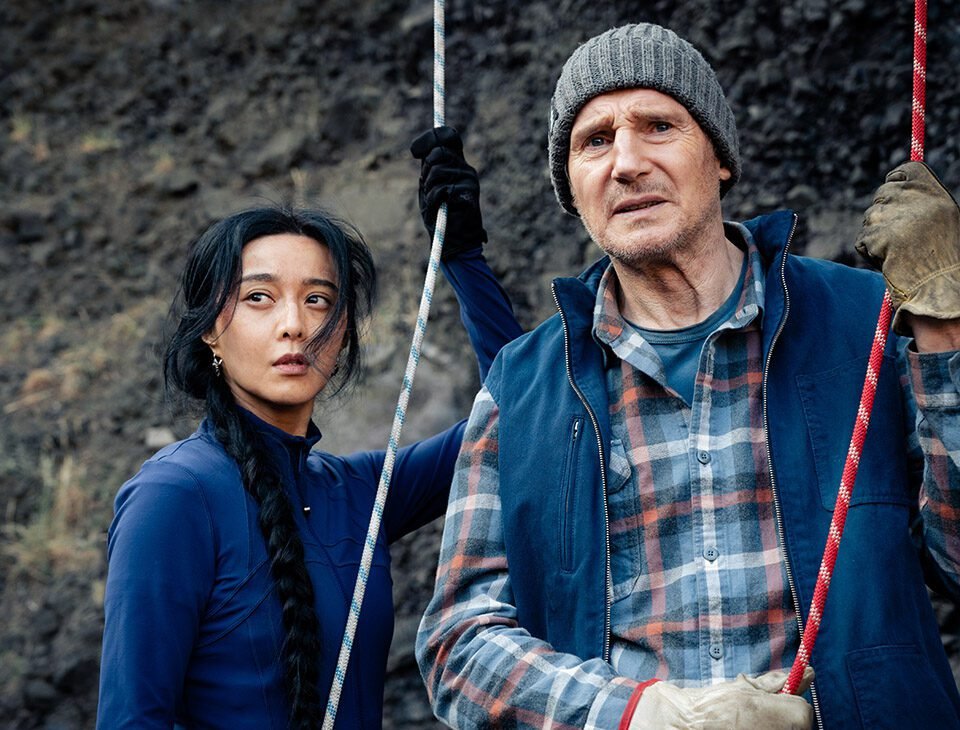


‘The Beast Within’ Review: Kit Harington’s Psychological Werewolf Flick Has More Bark Than Bite
July 27, 2024


‘Mountain Queen: The Summits of Lhakpa Sherpa’ Review: Netflix Doc Tells 10-Time Everest Climber’s Inspiring Personal Story
July 30, 2024Chelsea McMullan’s film follows the artistic director of the National Ballet of Canada as she directs her first show for the company before her retirement.
Swan Song
Insightful, even when stretched thin.
A few years ago, before retiring from her role as artistic director of the National Ballet of Canada, Karen Kain decided to direct a show. “We needed a new Swan Lake,” she says at the top of the new documentary Swan Song, “and I thought: I want to try to find the courage to do this.” Kain, a former ballerina, trained at NBC and made her debut as Swan Queen in the company’s 1971 production. She was later mentored by the Soviet dancer and choreographer Rudolf Nureyev, who helped nurture her career. Kain gained domestic and then international recognition. Andy Warhol made a portrait of her and Canadians affectionately nicknamed her the nation’s Princess Diana.
There are a lot of moving parts in Swan Song and it makes sense that this feature has an accompanying four-part docuseries that premiered in Canada last fall. The pandemic elongated McMullan and their team’s timeline, allowing the crew to embed themselves within the company for two years before rehearsals restarted. Swan Song only encapsulates a fraction of this investment — of the information gathered, the emotions felt, the experiences captured. Despite Brendan Mills’ (Quickening) competent and assured editing, the doc can feel brusque at times. McMullan tackles a litter of topics — Kain’s career, her desire to modernize elements of Swan Lake, racism in ballet, eating disorders and class — that could each have stood as its own hour-long entry. Often, time constraints can energize a documentary; here, it inspires longing for more.
McMullan supplements Kain’s stories of the past with archival footage of the dancer in her own productions of Swan Lake as well as interviews with dance scholars and critics like Seika Boye and Paula Citron. Boye talks about the importance of certain elements within Swan Lake — the critical role of the corps, for example — and touches on the structural issues and history of exclusion within ballet. A significant source of tension within Swan Song revolves around Kain’s decision to forgo tights among the corps dancers. The artistic director understands the traditional role of white nylon, but thinks the performers showing their bare legs will make the piece feel more contemporary.
Tasked with bringing Kain’s vision to life is choreographer Robert Binet, a patient and steady figure throughout the documentary. He corrects the corps dancers, reminding them when they must move faster to keep in time with the music, and challenges Kain with a similar kind of gentle but firm command. He navigates, with admirable grace, the task of marrying a director’s vision and her dancers’ abilities. Binet’s emotional support can be felt in nearly every scene of Swan Song, from scanning the ensemble during rehearsals to reassuring individual dancers in private conversations.
But there’s an obvious technical gift too — one most displayed in the final act of Swan Song, as the company buzzes with the nervous energy of opening nights. McMullen, with DPs Tess Girard and Shady Hanna, plunges into the chatter of the crowds milling about in the theater lobby and the dancers applying thick eyeliner and hairspray. Mills’ editing becomes more dynamic in these scenes, mirroring the kind of haunting aesthetic of Quickening, another film about the grueling demands of dance.





